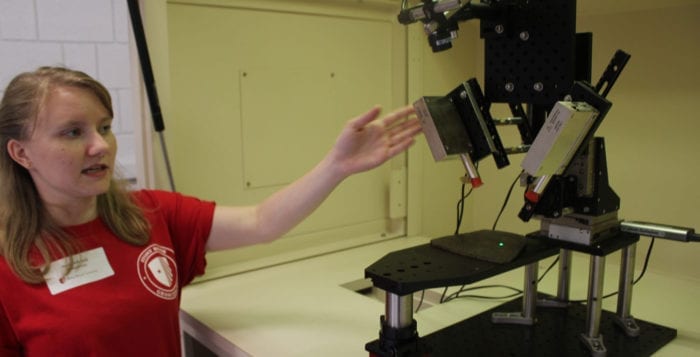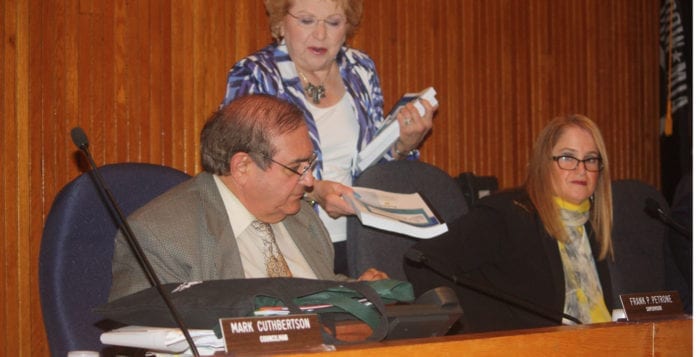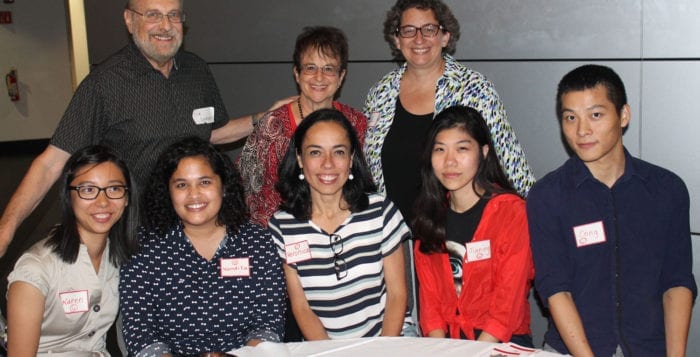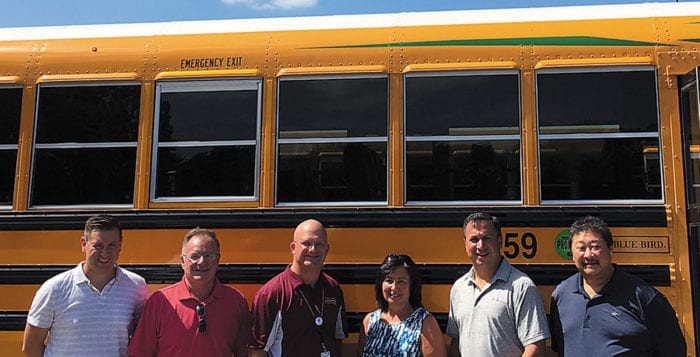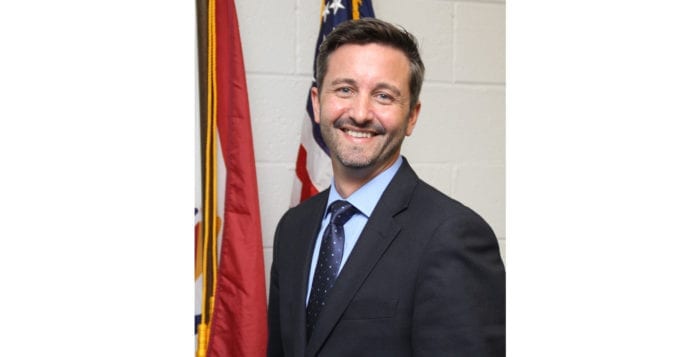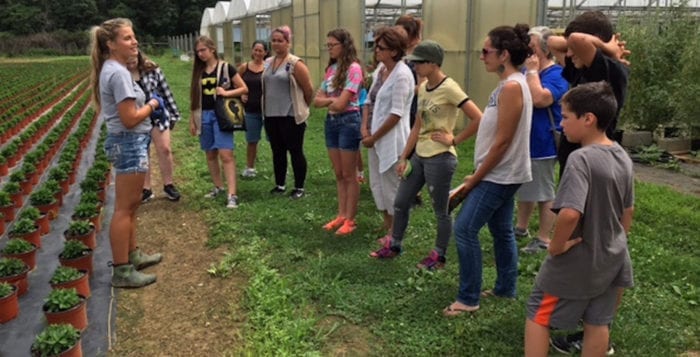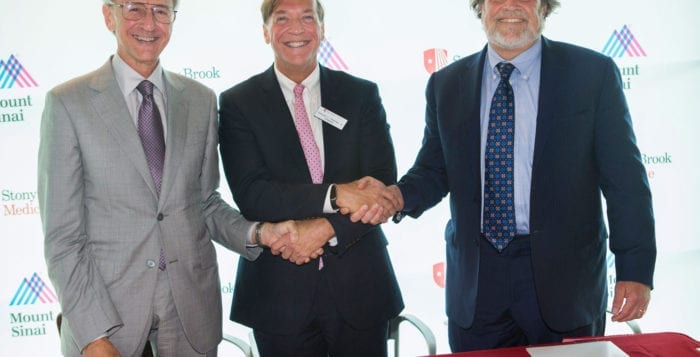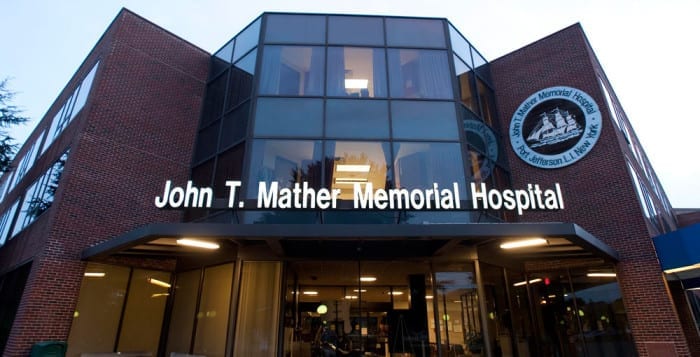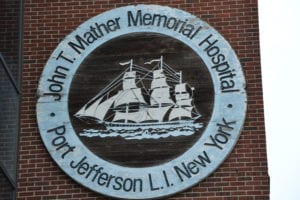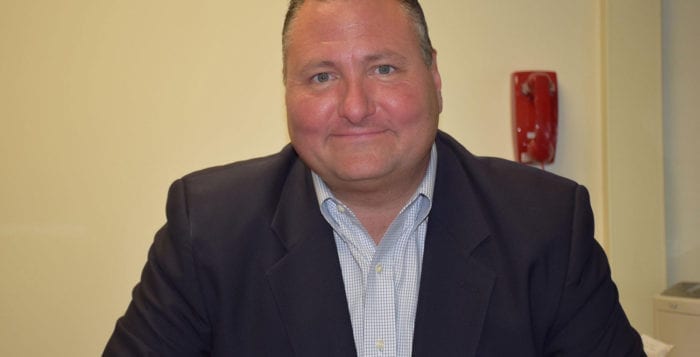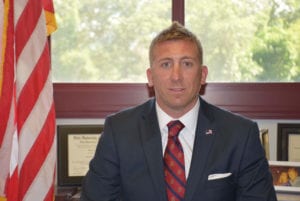By Kevin Redding
Although some might not think of Suffolk County as an obvious hotbed of planetary exploration, it doesn’t take long to discover just how impactful the research and work conducted on Long Island has been on the growth of space science.
Going back to the Apollo program in the early 1960s, the Grumman corporation was vital in landing astronauts on the moon by designing, assembling and testing the lunar module at its facility in Bethpage.
Even closer to home, the founder of Stony Brook University’s Department of Earth and Space Sciences, Dr. Oliver Schaeffer, became the first person to date celestial objects. He confirmed that the moon rocks brought back by Apollo astronauts were more than four billion years old.
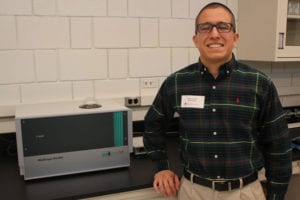
Now half a century later, Stony Brook University has once again cemented Long Island’s place in innovative planetary research.
In 2014, Timothy Glotch, a professor in the department of geosciences, received a $5.5 million grant from NASA through their Solar System Exploration Research Virtual Institute program to support his research. The department eventually obtained a 6,500-square-foot, world-class facility consisting of three different labs.
On Aug. 26, the public was invited to the official opening of Stony Brook’s Center for Planetary Exploration, where faculty members and students in the department gave a tour of their labs and showcased the inspiring work that has taken place so far.
At the core of CPEX is the Stony Brook-led multi-institutional Remote, In Situ, and Synchrotron Studies for Science and Exploration Institute, one of the nine nodes of the NASA program.
“We’re trying to pave the way for future human exploration of the solar system,” Glotch said. “Right now we are doing basic science; we are doing exploration activities that are going to get humans to Mars, back to the moon, and to the moons of Mars. That work is going on right here. We’re kind of leading the way in space exploration and we’re very proud of that. ”
He stressed the importance of the overall goal: to train the next generation of solar system explorers and scientists. The students are going to be running missions in the next decade or two, he said.
“Just as Schaeffer put together a young and talented group of researchers, we now have an extraordinarily talented group of young researchers working in planetary science,” current Chair of the Department Dan Davis said.
“We’re trying to pave the way for future human exploration of the solar system.”
—Timothy Glotch
As for the three different labs, professor Joel Hurowitz runs the geochemistry lab, which includes a student-built test bed for the Planetary Instrument for X-ray Lithochemistry, which will fly on the Mars 2020 rover.
The PIXL is an X-ray microscope that looks at rock samples and builds maps of the elemental distribution in those samples to make it easier to analyze.
“From there, we can start to dig in and try to understand whether the environment that those rocks were deposited in were habitable,” Hurowitz said. “PIXL can detect things that are chemical biosignatures. It can detect biosignature in a rock on the surface of Mars. So we’re trying to place some constraints on whether or not there was ever life on Mars.”
The lab is also conducting a series of experiments to determine the damaging effects of lunar dust inhalation by future astronauts.
“What I do is I try to find minerals here on Earth that are similar to what’s found on the moon,” Donald Hendrix, a graduate student leading the research, said. “I grind them up into powders and determine what chemicals are made when they are exposed to fluid, because whenever you breathe in a mineral powder, they can produce chemicals inside your lungs that can potentially cause a lot of damage and turn into lung cancer.
Since humans are going to go back to the moon in the next 20 or 30 years, for really long periods of time, I want to know what hazards astronauts might face while they’re up there.”
Through the research he’s conducting with his team, he’s trying to figure out where astronauts could go that won’t be quite as dangerous.
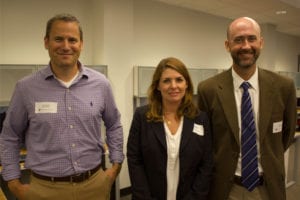
Deanne Rogers runs the remote sensing facility, where faculty, students and postdoctoral researchers analyze various images and infrared data that come from Mars and the moon. From there, they incorporate observation skills and geological training to learn about the planet or moon’s environmental and climatic history.
Glotch’s spectroscopy lab is where students acquire infrared spectra of minerals and rocks for comparison to data collected by Mars and Moon orbiters. Within this lab is the Planetary and Asteroid Regolith Spectroscopy Environmental Chamber, used to re-create the conditions on the lunar surface for accurate measurements.
“I can make the moon on Earth, basically, and that’s pretty exciting,” graduate student Katherine Shirley said. “This machine is special because we can make different environments in this. Eventually we’re going to get some attachments so we can simulate the Martian surface or asteroid surface.”
The lab includes a small piece from Mars, which visitors were encouraged to hold.
Assemblyman Steve Englebright (D-Setauket), who was once a student and employee at SBU, spoke about how much the department means to him.
“I’m practically retired, but my heart is still here,” he said. “I served in this department and am proud to have been among such extraordinary researchers and wonderful human beings for 43 years. It’s a privilege now to help send resources in the direction of these extraordinary individuals who are literally writing the next chapter of our understanding of the universe and solar system. I look forward to continuing to work with you as you go forward. They say I’m technically retired, but don’t believe it. I’m just one phone call away.”
Legislator Kara Hahn (D-Setauket) presented the faculty with a proclamation from the county legislature to celebrate what this research means for the community, the university and the overall future of science.

